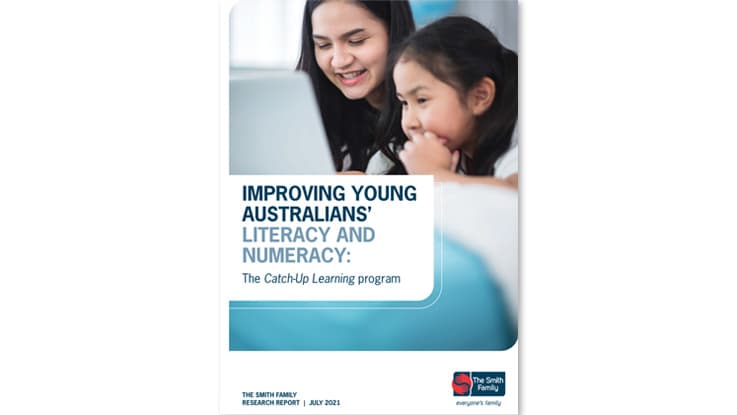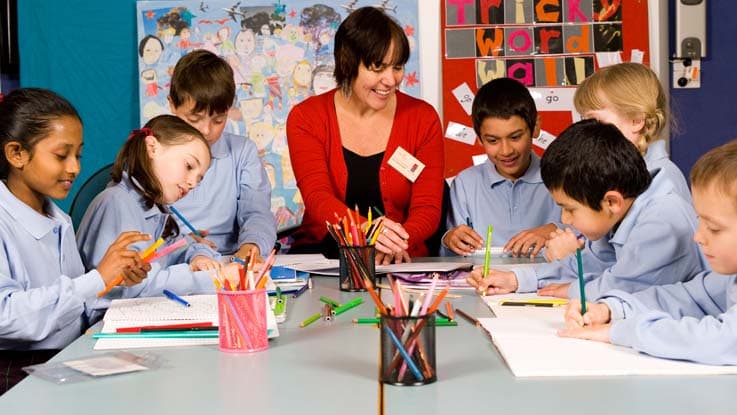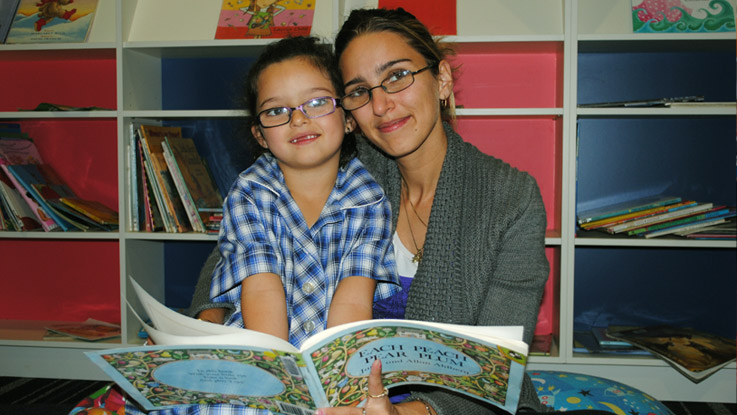
Catch Up Learning pilot results show boost for struggling students
$3 million Australian Government funding for second Catch-Up Learning pilot after strong results from initial online tutoring program.
The Australian Government, through the Department of Education, Skills and Employment’s Emerging Priorities Program will support The Smith Family to undertake a second phase pilot of the Catch-Up Learning program with 530 students. This follows the promising evidence highlighted in our Catch-Up Learning research report.
Research shows a clear and persistent relationship in Australia between young people’s socioeconomic background and the educational and post-school outcomes they achieve. While these gaps existed before the COVID-19 outbreak, there is a risk that the achievement gap between students in need and their more advantaged peers will worsen due to COVID.
The pandemic led to remote learning for many students and significant concerns of the impact of this on educational outcomes. For many families experiencing disadvantage, remote schooling exacerbates already challenging situations. A lack of digital technology, adequate space to do schoolwork, or parents lacking the confidence and skills to support home learning, are all likely to contribute to students falling further behind.
In response, The Smith Family, in partnership with the Origin Energy Foundation, piloted Catch-Up Learning, a new online tutoring program, with qualified teachers providing one-on-one sessions in literacy and numeracy to students on The Smith Family’s Learning for Life program. The tutoring occurred in the student’s home over a six-month period.
Strong program participation
Results for literacy and numeracy
Results for literacy
By the end of the program, seven in 10 students achieved higher than expected progress in literacy, and six in 10 had attained literacy levels equivalent to, or stronger, than their Year level peers.
Results for numeracy
Results for numeracy were more modest, but they are likely to be conservative, given how far the students were behind at the start of the program and some challenges with the assessment tool used. At the end of the program, 60 percent of students had improved their numeracy to at least the level of progress expected, with just under half making higher than expected progress.
Tutoring in the home
Overall findings

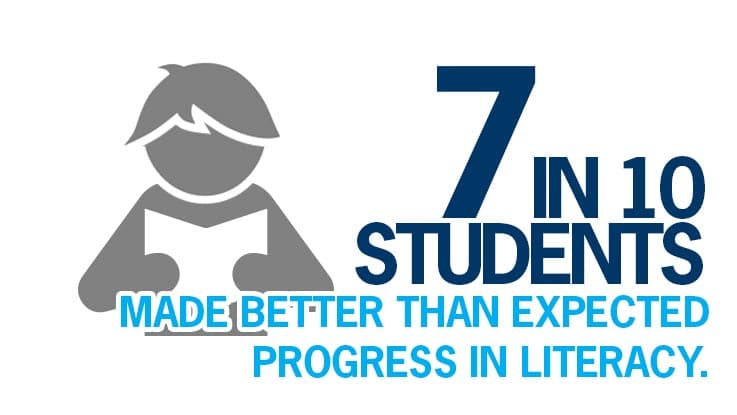
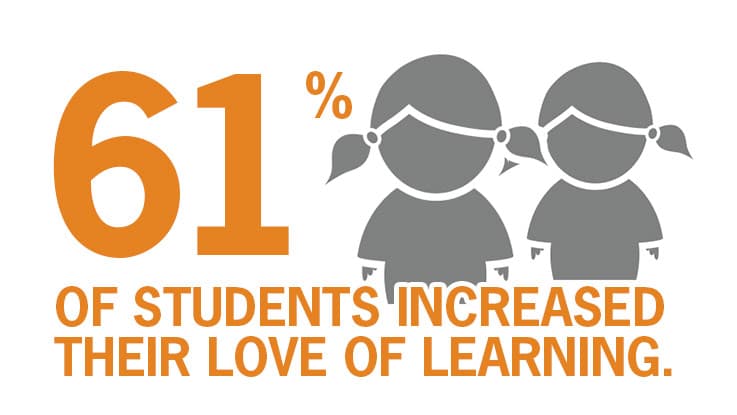
Enablers and areas for refinement
The factors contributing to the program’s outcomes included:
- Project partners with complementary expertise and a shared commitment to addressing students’ achievement gaps and to working together to support continuous learning
- Qualified and experienced teachers who were matched to students and provided one-on-one tutoring tailored to students’ needs and learning styles
- Online delivery mode and assessment tools
- The tutoring taking place at home and the engagement of primary carers
- The provision of technology and ongoing support to enable families to participate.
The evaluation highlighted a few small program modifications might lead to even stronger student progress. These include:
- Finding solutions to the technology challenges experienced by some students and tutors
- Providing pre-program training to tutors
- Seeking a numeracy assessment which is more suited to the student cohort
- Consideration being given to the intensity and duration of the program.
What’s next?
The Smith Family will use the evaluation findings to refine the Catch-Up Learning program and move to a second stage pilot involving a larger number of students.
With Australian Government funding of $3 million, we’re delighted we’ll now be able to help students who are struggling with literacy and numeracy, by supporting them to participate in high quality, online tutoring in their own home during Terms 1 and 2 of 2022.


